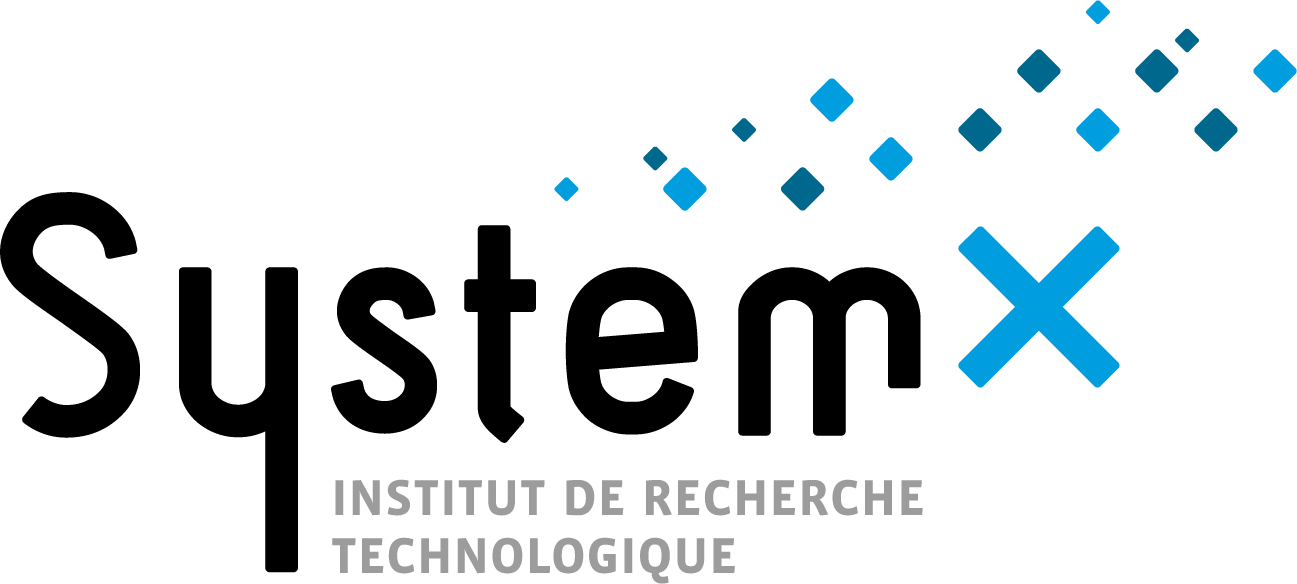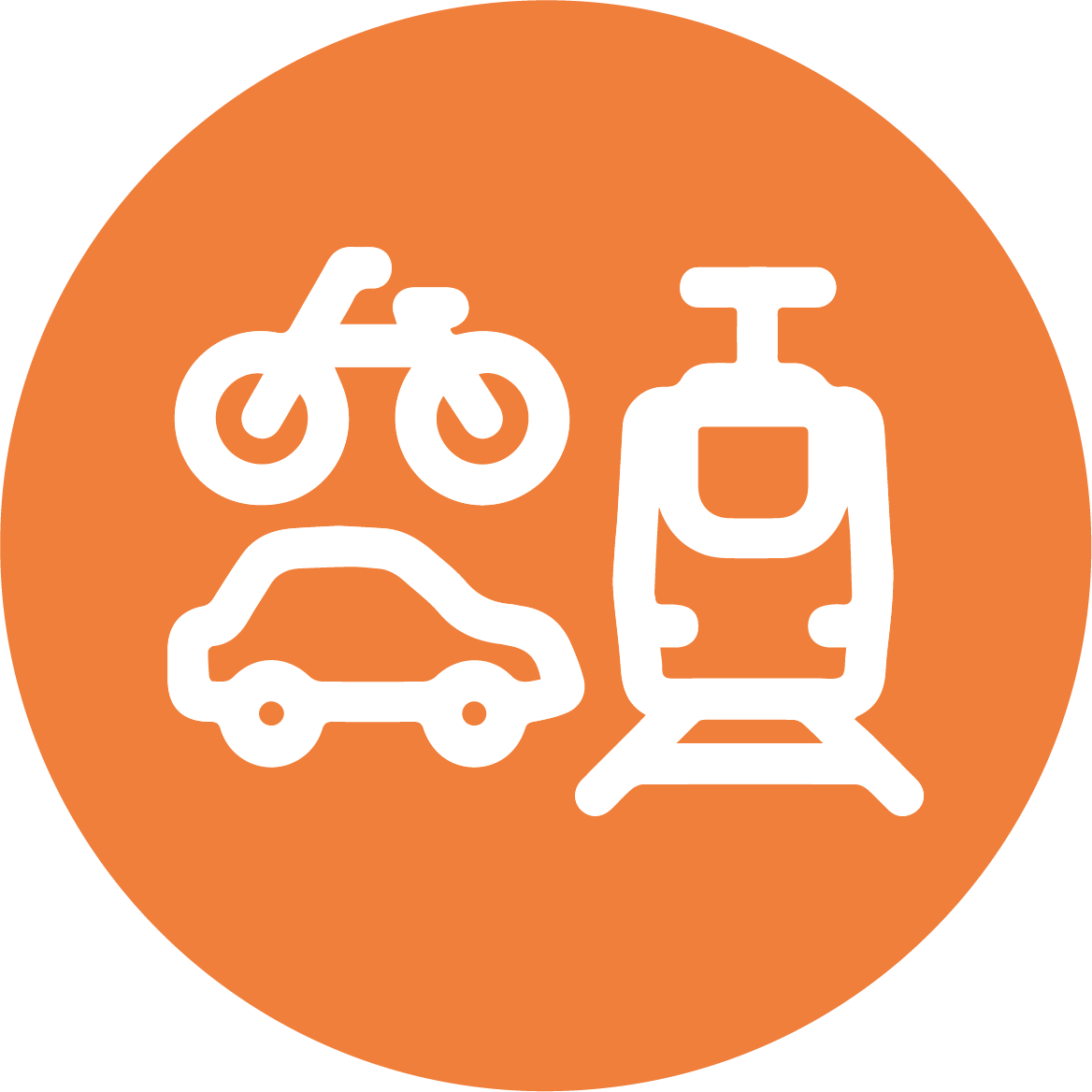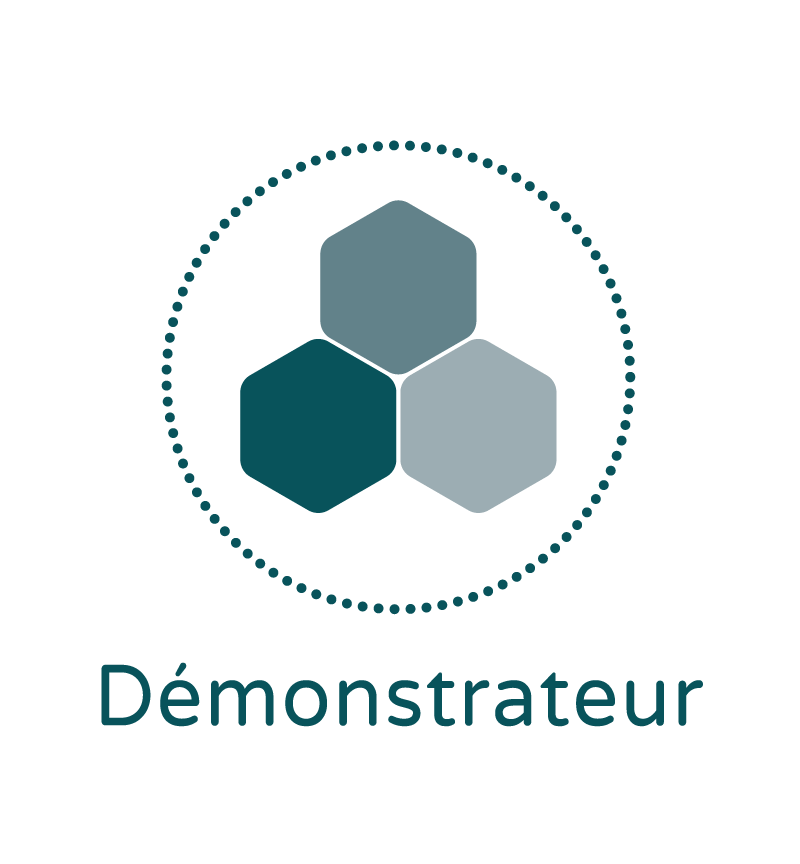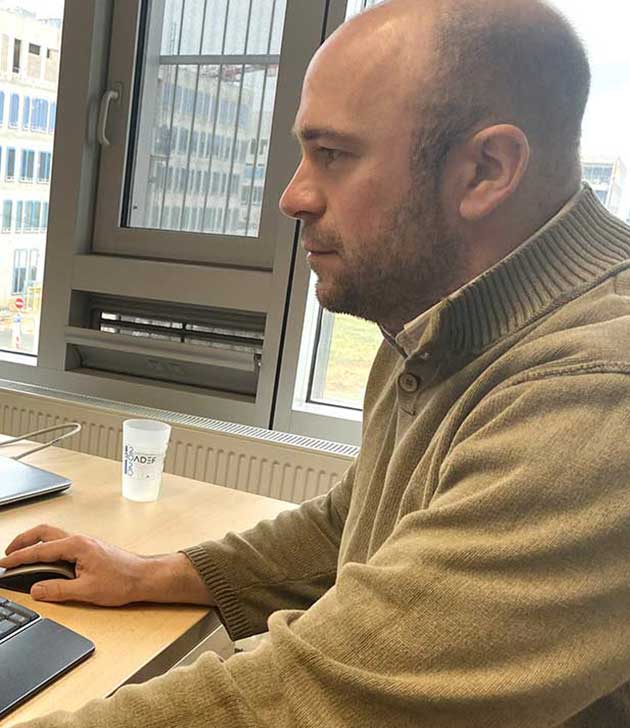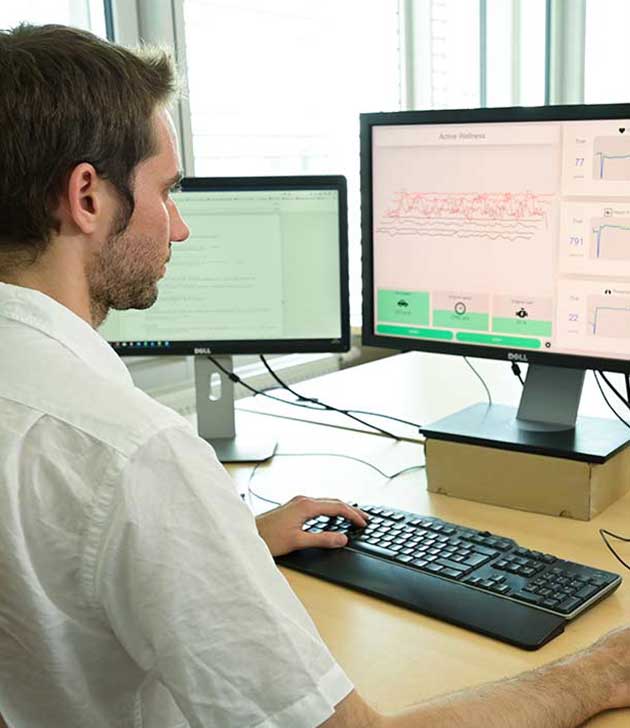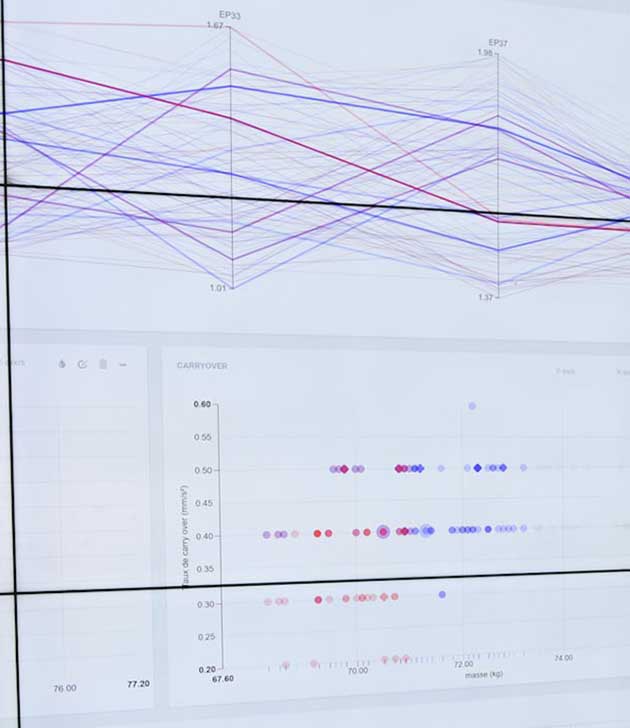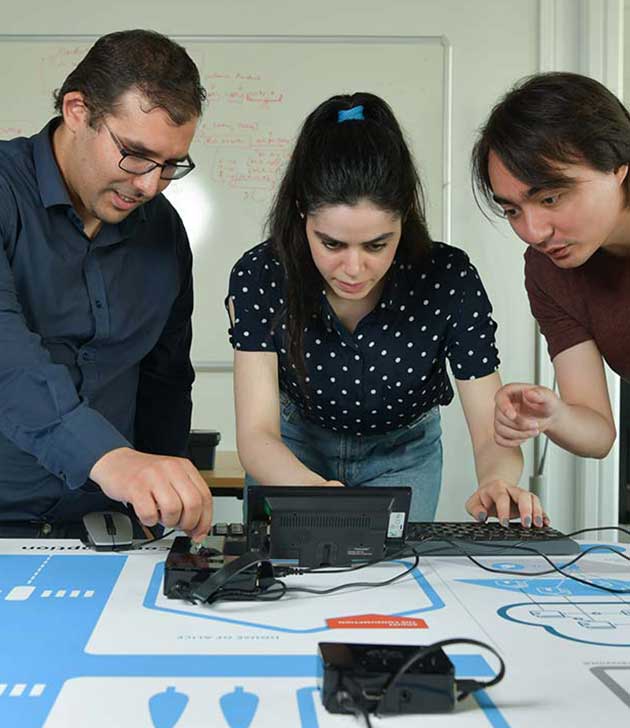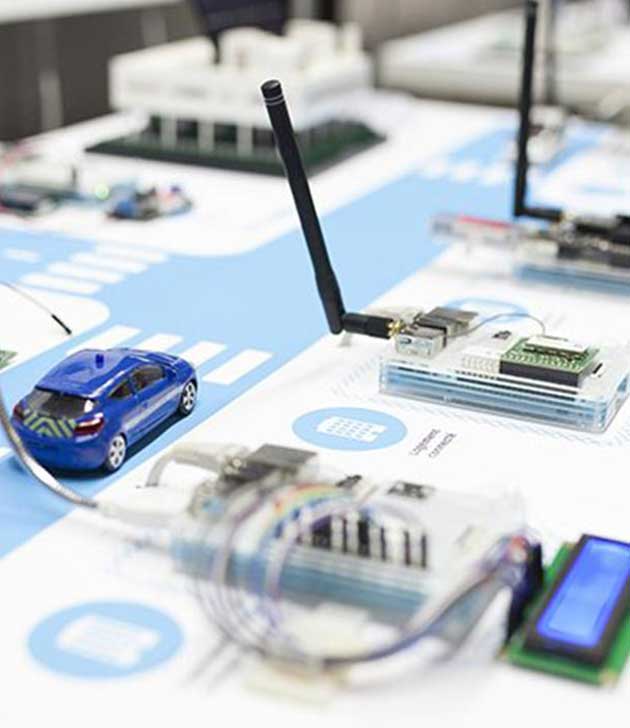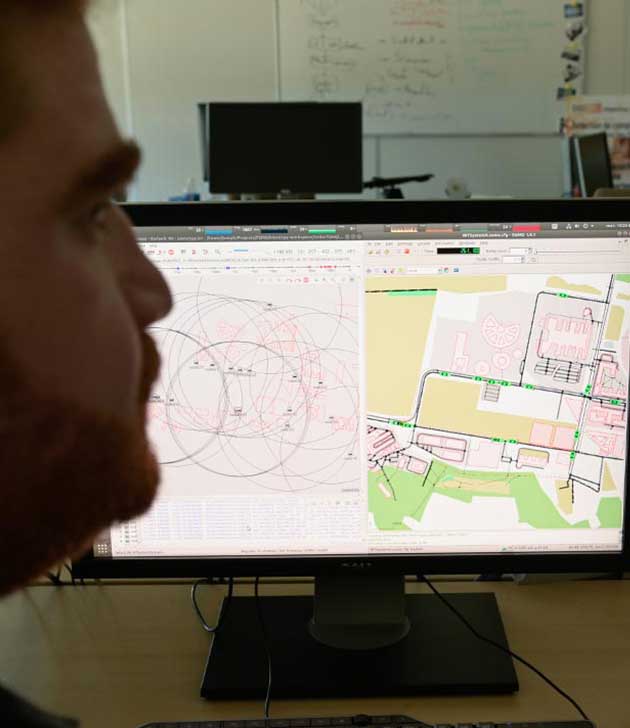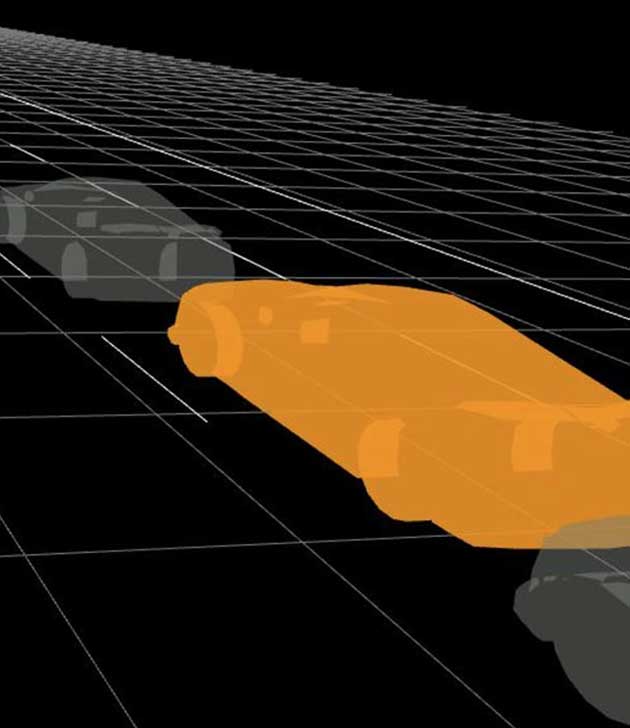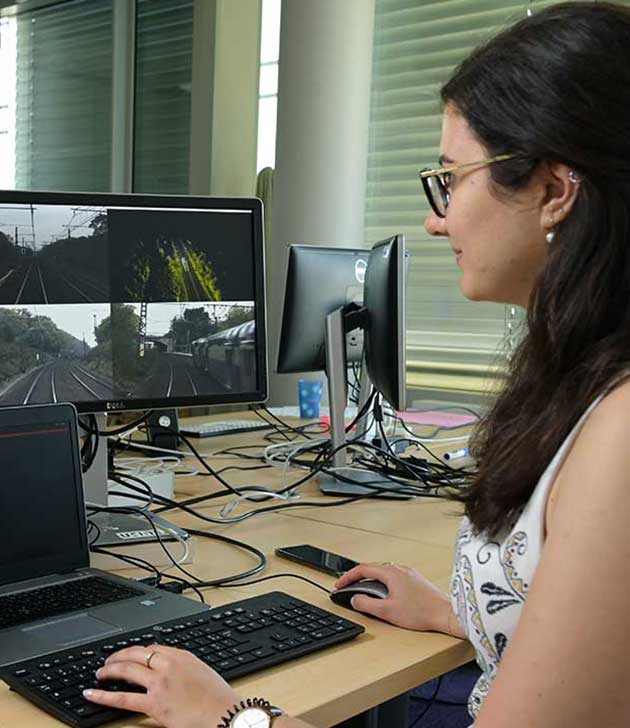SystemX collaborates with stakeholders in the world of research and territories to support the digital transformation of the mobility sector. Work includes the definition, prototyping and qualification of innovative technological bricks: forecasting, optimisation, supervision, simulation, safety, etc. Through this work, the institute places the user at the heart of the design process, and is particularly interested in the issues raised by mobility as a service, urban and interurban transport, logistics, on-demand services and territorial planning.
As part of a project focused on optimising metro subway networks, IRT SystemX and the RATP Group have co-developed a multimodal supervision portal offering a 360° view of the state of the networks and the systemic impact of an incident. This tool hybridizes several real-time data sources with traffic forecasting and vehicle and passenger reassignment modelling functionalities. The user interface provides operators with synthetic and contextualised information for suppport in decision-making. This portal integrates several technological building blocks developed within an R&D project of the institute dedicated to the modelling of mobility solutions: traffic forecasts at bus stops, modelling of the multimodal network, definition of new routes in the event of disruption, ect.
Interview
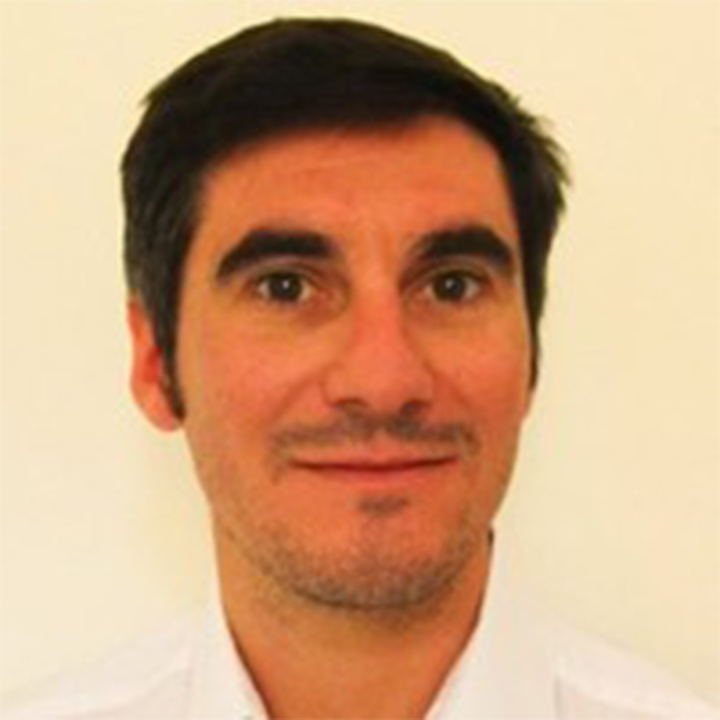
Yann BRIAND
Project Manager and Referent for the “Mobility of the Future” thematic,
IRT System X
What are the main areas addressed by IRT SystemX in the field of mobility?
Our activities are centred around:
1. The valorisation of massive data: our objective is to enable territories, operators and users to understand and anticipate practices and the availability of vectors in order to adjust transport offers as well as possible.
2. Modelling: we simulate operations and uses in order to analyse existing mobility offers and anticipate the deployment of new services, for example autonomous or digital services.
3. Optimisation: at the scale of a territory, mobility aggregates a combination of interdependent but often poorly interconnected players and operators. This combination can be complex in highly networked territories such as Île-de-France. Our work focuses on optimising these multimodal systems in order to improve their availability and performance.
4. Human-Machine interfaces: the multiplication of information and interactions requires an improvement in user routes, to the benefit of operators and passengers.
Can you share with us some examples of assets developed as part of the institute’s R&D projects?
I will mention two exemplary results. Firstly, the development of a decision support tool for the operation of dynamic carpooling lanes, parameterized on the basis of a set of modelling works. Intended for a “traffic” operator, this console, based on a traffic forecasting engine, issues instructions aimed at optimising the operation of transport infrastructures. Another major asset is our crowd simulator, which replays disturbances within a rail network by modulating the information delivered to users. Calibrated with the help of behavioural studies, this tool makes it possible to evaluate passenger information scenarios in order to improve incident management and anticipate load transfers.
How do you plan to support the evolution of the increasingly connected mobility sector in the coming years?
One of the main challenges is to support the decarbonation of the sector through digital technology. All of our work is contributing to this, but we want to go even further with our partners by combining performance improvement and reduction of the environmental footprint. We will also strengthen our activities around change management by prototyping operational solutions, largely based on blockchain technology. The mechanisms that will allow us to effectively support changes in mobility practices will be a decisive lever for territories and citizens.
Focus
The expertise of IRT SystemX is recognised by two leading Mobility Organising Authorities: Île-de-France Mobilités and the Lyon Metropolitan Area. The institute assists them in exploring new mobility solutions, upstream from simulation and exploration of prospective scenarios to prototyping and in situ experimentation of operational solutions. This is notably the case in the Paris-Saclay Autonomous Lab experiment, in which SystemX piloted the operational reliability and the securing of the system infrastructure but also through the LCE project (Lyon Carsharing Experimentation), which has enabled the development of a solution for the interoperability of carpooling services based on a blockchain technology.


